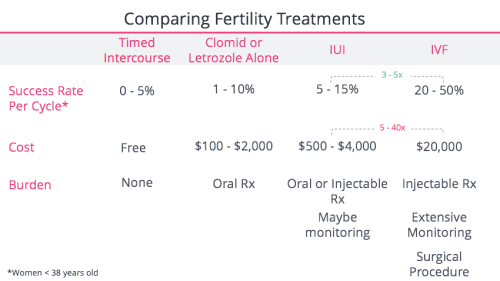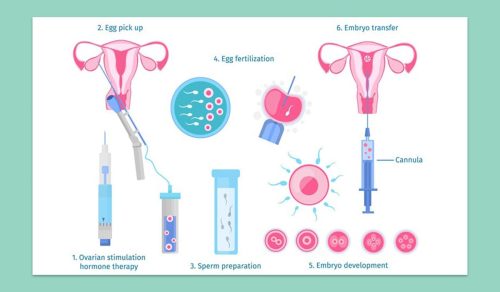How Much Does IVF Really Cost? Your Guide to Understanding the Price of Hope
In vitro fertilization (IVF) is a life-changing option for many people dreaming of starting a family. But let’s be real—when you first hear about IVF, one of the biggest questions that pops up is, “How much is this going to cost me?” It’s a fair question. IVF isn’t cheap, and the numbers can feel overwhelming. The good news? With the right info, you can break it down, plan ahead, and maybe even find ways to make it more affordable.
This isn’t just about throwing out a price tag and calling it a day. We’re diving deep into what IVF costs in 2025, why those costs vary, and what you can do to navigate the financial side of this journey. Whether you’re just curious or seriously considering IVF, stick around—I’ve got you covered with practical tips, fresh insights, and a few surprises you won’t find everywhere else.
What’s the Average Cost of IVF in 2025?
IVF costs can feel like a moving target, but let’s pin it down. In the United States, as of April 2025, the average price for a single IVF cycle hovers between $12,000 and $25,000. That’s a big range, right? The final number depends on where you live, the clinic you choose, and what your specific treatment plan looks like.
For example, in big cities like New York or Los Angeles, you might be looking at the higher end—closer to $20,000 or $25,000—because of higher demand and living costs. In smaller towns or rural areas, it could dip closer to $12,000 or $15,000. But here’s the kicker: that’s just the base price. It doesn’t include extras like medications, testing, or additional procedures, which can easily add another $5,000 to $10,000 per cycle.
Breaking Down the Basics
So, what’s included in that $12,000 to $25,000? Typically, it covers:
- Monitoring appointments: Ultrasounds and blood tests to track your progress.
- Egg retrieval: The procedure to collect eggs from the ovaries.
- Lab fees: Fertilizing the eggs and growing embryos in a lab.
- Embryo transfer: Placing the embryo into the uterus.
But here’s where it gets tricky—most people don’t get pregnant on their first try. Studies show the average success rate for IVF is about 30-40% per cycle for women under 35, dropping as age goes up. That means many folks need two or three cycles, pushing the total cost to $30,000, $50,000, or more.
A Quick Reality Check
Imagine you’re 32, living in Chicago, and your doctor says you’ve got a solid shot at success. One cycle might cost you $18,000, plus $4,000 for meds. If it works the first time—amazing! You’re out $22,000. But if it takes three tries? That’s $66,000 before you even hold a baby. It’s a lot to swallow, but knowing the numbers upfront helps you plan.
Why Does IVF Cost So Much?
IVF isn’t just a quick doctor’s visit—it’s a high-tech process that involves a team of experts, fancy equipment, and a whole lot of care. Let’s unpack why the price tag is what it is.
The Science Behind the Price
First off, IVF is a science marvel. You’ve got specialists like reproductive endocrinologists, embryologists, and nurses working together. They use cutting-edge tools to stimulate your ovaries, retrieve eggs, fertilize them, and grow embryos in a lab. That lab? It’s not cheap to run. Think sterile environments, microscopes, and incubators—all top-notch and expensive.
Then there’s the medication. Drugs like follicle-stimulating hormone (FSH) and human chorionic gonadotropin (hCG) can cost $3,000 to $7,000 per cycle. These meds trick your body into producing multiple eggs at once, and they’re custom-made for fertility—not something you can grab off the shelf.
Hidden Costs You Might Not Expect
Beyond the basics, there are sneaky add-ons that can pile up:
- Pre-IVF testing: Bloodwork, genetic screening, or a hysterosalpingogram (HSG) to check your tubes—$500 to $2,000.
- Freezing embryos: Want to save extras for later? That’s $1,000 to $2,000 upfront, plus $300 to $600 a year for storage.
- Donor eggs or sperm: If you need them, add $20,000 to $45,000 for eggs or $500 to $1,500 for sperm.
The Emotional Toll Has a Price Too
Here’s something you won’t see on a bill: the emotional investment. IVF can be a rollercoaster—hope, stress, disappointment, repeat. Some clinics offer counseling, but if they don’t, you might spend $100 to $200 per session out of pocket. It’s not a “cost” in the traditional sense, but it’s real.
How Location Affects IVF Costs
Where you live plays a huge role in what you’ll pay. IVF isn’t the same price everywhere, and that’s because of local economics, competition, and even state laws.
City vs. Rural: A Big Divide
In urban areas, clinics often charge more because rent, staff salaries, and demand are higher. A cycle in San Francisco might hit $22,000, while one in a small town in Ohio could be $14,000. But there’s a trade-off—bigger cities might have more advanced clinics with higher success rates, which could save you money in the long run if it works faster.
State Laws and Insurance
Some states, like California and New York, have laws pushing insurance to cover IVF, at least partially. In 2025, California’s new mandate means many plans must cover it, but there’s a catch—premiums might rise for everyone. In states with no coverage, like Alabama or Idaho, you’re footing the full bill.
For example, a friend in Massachusetts (a state with strong IVF coverage) paid $5,000 out of pocket after insurance, while someone in Texas shelled out $20,000 for the same treatment. Check your state’s rules—it could make or break your budget.
Insurance and IVF: What’s Covered?
Speaking of insurance, let’s clear up a big question: Will your plan help? The answer depends on where you live and what your policy says.
The Good News
As of 2025, 21 states plus Washington, D.C., have some form of fertility coverage mandate. If you’re in one of these spots—like Illinois or New Jersey—you might get part or all of your IVF covered. Some plans cap it at one cycle; others go up to three. A typical covered cycle might leave you with a $2,000 to $5,000 copay instead of the full $20,000.
The Bad News
If you’re in a state without a mandate, or if your employer’s plan opts out (yep, they can do that), you’re on your own. Nationwide, only about 25% of people with private insurance have IVF benefits. And Medicare? It doesn’t cover IVF at all.
Quick Tip: Ask These Questions
Call your insurance and ask:
✔️ Does my plan cover IVF?
✔️ Are there limits on cycles or dollar amounts?
✔️ What about meds or extras like embryo freezing?
Write down the answers—it’ll save you headaches later.
Interactive Quiz: What’s Your IVF Cost Range?
Let’s make this personal. Take a sec to answer these quick questions and get a ballpark idea of what IVF might cost you. Jot down your answers!
- Where do you live?
- A) Big city (e.g., NYC, LA)
- B) Medium city (e.g., Denver, Raleigh)
- C) Small town or rural area
- How old are you?
- A) Under 35
- B) 35-40
- C) Over 40
- Does your insurance cover IVF?
- A) Yes, fully or mostly
- B) Yes, but only partly
- C) Nope, not at all
Results:
- Mostly A’s: $20,000-$30,000 per cycle (high-cost area, younger age might mean fewer cycles).
- Mix of A’s and B’s: $15,000-$25,000 (average range, some coverage helps).
- Mostly C’s: $12,000-$20,000+ (lower base cost, but no insurance means extras add up fast).
This isn’t exact, but it’s a starting point. How’d you score?
Low-Cost IVF: Is It a Real Option?
You’ve probably heard whispers about “affordable IVF” or “low-cost clinics.” Do they actually exist? Yes—but with some big caveats.
What Low-Cost IVF Looks Like
Some clinics offer “mini-IVF” or “natural IVF,” which use fewer drugs to keep costs down. Instead of $15,000, you might pay $5,000 to $10,000 per cycle. The trade-off? Lower success rates—sometimes as low as 10-20% per cycle—because you’re producing fewer eggs.
There’s also the rise of “IVF on a budget” programs. In 2025, clinics in places like Texas and Florida are advertising packages for $8,000 to $12,000, including meds. They cut costs by streamlining processes or offering group discounts.
Does It Work?
A 2023 study from the Journal of Assisted Reproduction and Genetics found mini-IVF can be a game-changer for younger women with good ovarian reserve, but it’s less effective for those over 35 or with complex issues. So, it’s not a one-size-fits-all fix.
Pros and Cons
✔️ Pros: Cheaper upfront, less intense on your body.
❌ Cons: Lower odds, might need more cycles (which could cancel out savings).
If you’re curious, research clinics like CNY Fertility—they’re known for budget-friendly options and transparency.
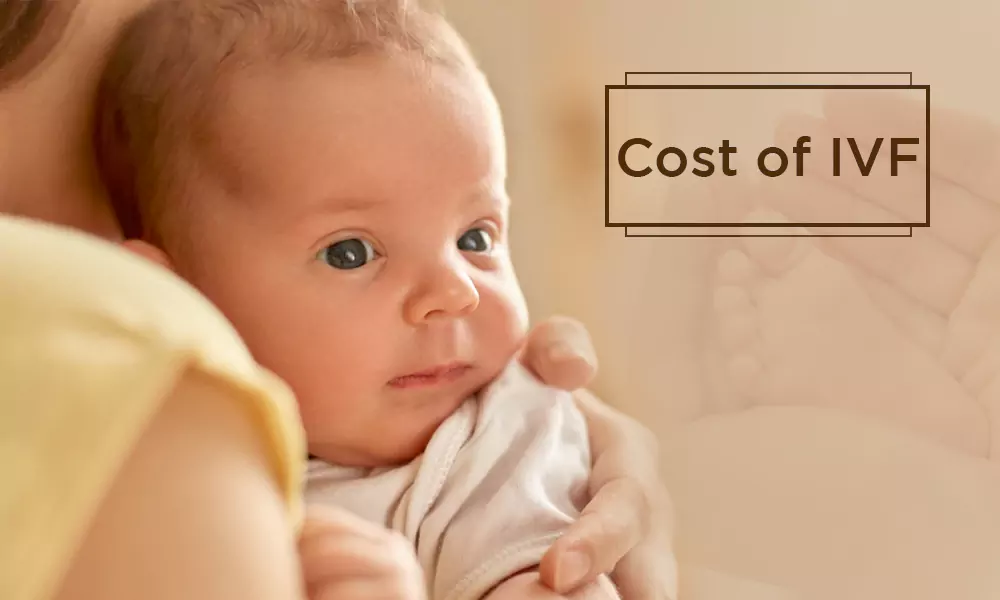
New Trends in IVF Costs for 2025
IVF isn’t static—costs and options are shifting. Here’s what’s new based on the latest buzz and data as of April 2025.
Telemedicine Saves Money
Post-pandemic, many clinics now offer virtual consults and remote monitoring. This cuts travel costs and time off work. A friend in Oregon saved $500 by doing initial appointments online instead of driving three hours to Portland. It’s small, but it adds up.
Employer Benefits Are Growing
Big companies like Google and Amazon now offer IVF coverage—sometimes up to $50,000—as a perk. Smaller firms are jumping in too. A 2024 survey by Mercer found 40% of U.S. employers with 500+ workers include fertility benefits, up from 30% in 2020. Ask HR if your job offers this—it’s a hidden gem.
Global IVF Tourism
Here’s a wild one: people are traveling abroad for cheaper IVF. In Spain or Mexico, a cycle might cost $6,000 to $10,000, including meds. Add flights and lodging, and it’s still less than $15,000 in the U.S. Success rates are solid too—Spain’s clinics boast 50%+ for women under 35. Worth a look if you’re flexible.
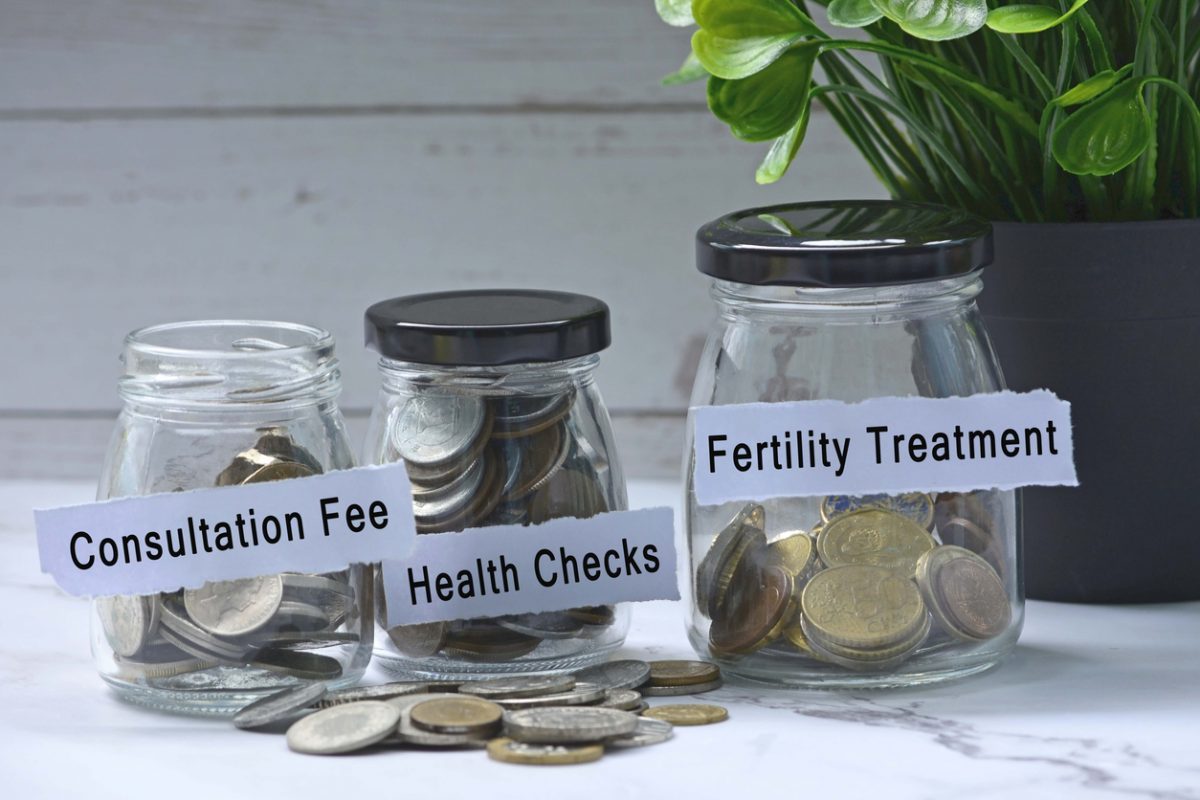
3 Costs You Haven’t Heard Enough About
Most articles stick to the obvious—cycle fees, meds, insurance. But there are some under-the-radar expenses that can catch you off guard. Let’s shine a light on them.
1. The “What If It Fails?” Fund
If IVF doesn’t work, you might need a backup plan—like a second cycle, donor eggs, or even adoption. Setting aside $5,000 to $10,000 as a cushion isn’t talked about enough, but it’s smart. One couple I know wished they’d saved more after their first two rounds flopped—they had to pause for a year to regroup financially.
2. Lifestyle Adjustments
During IVF, you might tweak your life to boost success. Think acupuncture ($50-$100 per session), organic food, or supplements like CoQ10 ($20-$50 a month). A 2024 study in Fertility and Sterility showed acupuncture might bump success rates by 5-10%. It’s optional, but many swear by it.
3. Post-IVF Pregnancy Costs
If IVF works, congrats! But delivery isn’t free. A vaginal birth averages $13,000; a C-section can hit $22,000. If you’ve got twins (common with IVF), double that. Too few people plan for this, and it’s a budget buster.
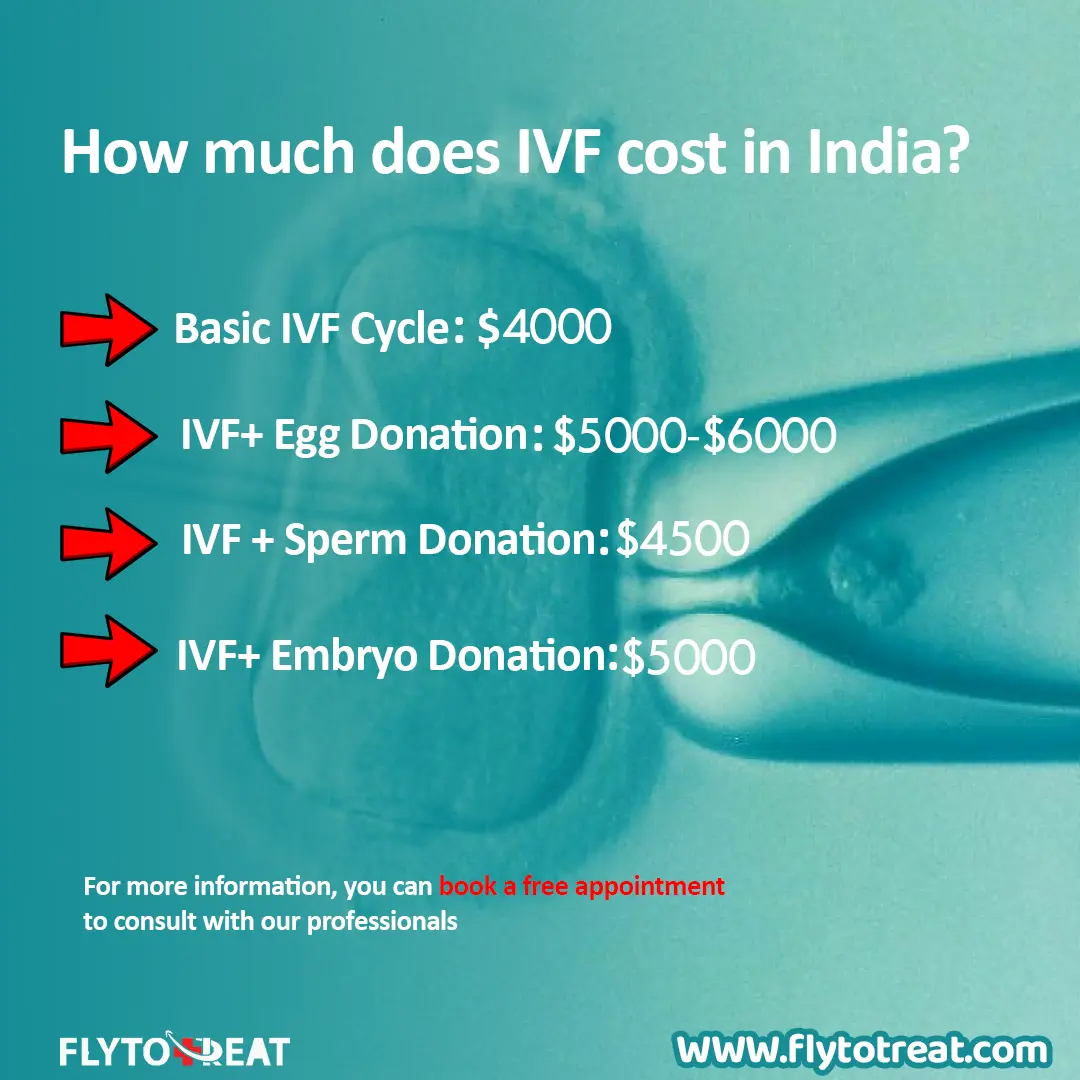
How to Save Money on IVF
Now that we’ve laid out the costs, let’s talk about cutting them. You don’t have to break the bank—here are actionable ways to save.
Step-by-Step Savings Guide
- Shop Around: Call 3-5 clinics for quotes. Prices vary even in the same city.
- Look for Grants: Groups like Baby Quest offer $2,000 to $15,000 for IVF. Apply early—funds run out fast.
- Finance It: Some clinics partner with lenders for 0% interest loans if paid off in 12-24 months.
- Tax Breaks: The IRS lets you deduct medical expenses over 7.5% of your income. A $20,000 cycle could mean a $1,500-$2,000 refund.
- Split Cycles: Freeze eggs now, transfer later—it spreads costs over time.
Real-Life Example
Sarah, a 36-year-old teacher from Colorado, saved big by combining strategies. She got a $5,000 grant, picked a clinic with a $12,000 package, and used a payment plan. Her total out-of-pocket? $9,000 for one cycle—way below average.
Poll: What’s Your Biggest IVF Worry?
Let’s hear from you! Pick one and drop your vote in your head (or share it with a friend):
- A) The cost is too high.
- B) I’m scared it won’t work.
- C) I don’t know where to start.
- D) Insurance won’t help me.
What’s on your mind? It’s normal to feel stuck—IVF’s a big deal.
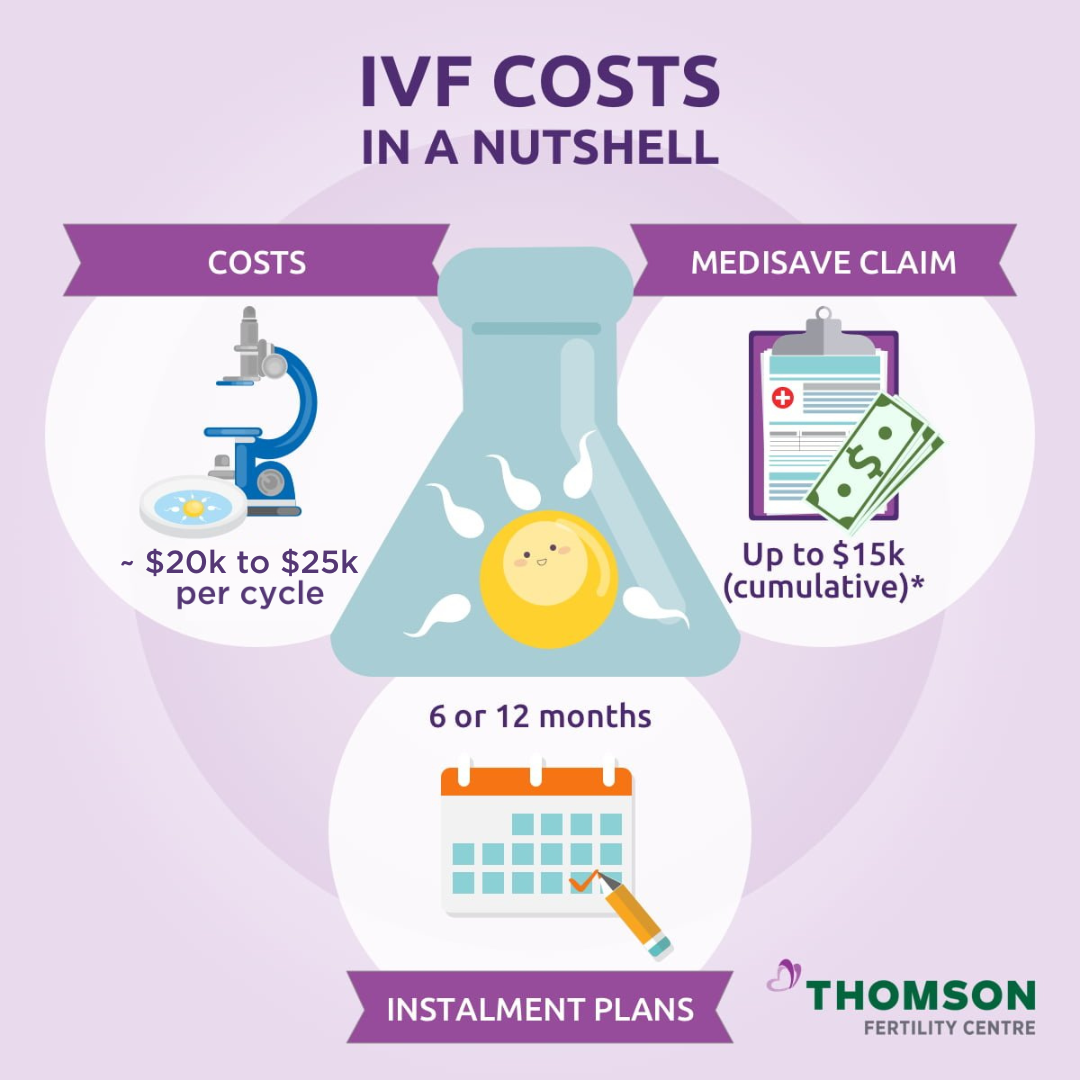
IVF Success Rates vs. Cost: Is It Worth It?
Here’s the million-dollar question: Does the money pay off? Let’s look at the odds and what they mean for your wallet.
The Numbers Don’t Lie
According to the CDC’s 2023 ART Report (the latest full data as of 2025), success rates per cycle are:
- Under 35: 38% live birth rate
- 35-37: 29%
- 38-40: 19%
- Over 40: 7%
So, if you’re 30 and spend $20,000, you’ve got a decent shot. At 42? That $20,000 might feel riskier. But here’s a twist: clinics with higher fees often have better tech and success rates. A $25,000 cycle at a top clinic might beat three $12,000 cycles at a budget spot.
My Mini-Analysis
I crunched some numbers based on public data. For a 35-year-old:
- 1 cycle at $20,000 = $68,966 per baby (29% chance).
- 3 cycles at $60,000 = $62,500 per baby (55% cumulative chance).
More cycles cost more but up your odds. It’s a gamble either way.
Unique Insight: The Cost of Waiting
Here’s something you won’t read everywhere: delaying IVF can cost you more than jumping in. How? Age slashes success rates, meaning more cycles. A 2024 study from Human Reproduction found women who started IVF at 35 spent 20% less overall than those who waited until 38, even with higher per-cycle costs later.
Say you’re 34 and wait two years. At 36, your odds drop, and you might need an extra $20,000 cycle. Start now, and you could save that cash—and time.
Final Thoughts: Making IVF Work for You
IVF costs are steep—there’s no sugarcoating it. A single cycle can run $12,000 to $25,000, and with extras, you might hit $50,000 or more over time. But it’s not just about the money—it’s about hope, planning, and finding your path. Whether you’re hunting for grants, exploring low-cost options, or jetting off to Spain, there’s a way to make it fit your life.
Take a deep breath. Talk to your partner, your doctor, or even a financial advisor. You’ve got options, and you’re not alone. What’s your next step? Maybe it’s a phone call to a clinic or a quick chat with your boss about benefits. Whatever it is, you’re closer than you think.


